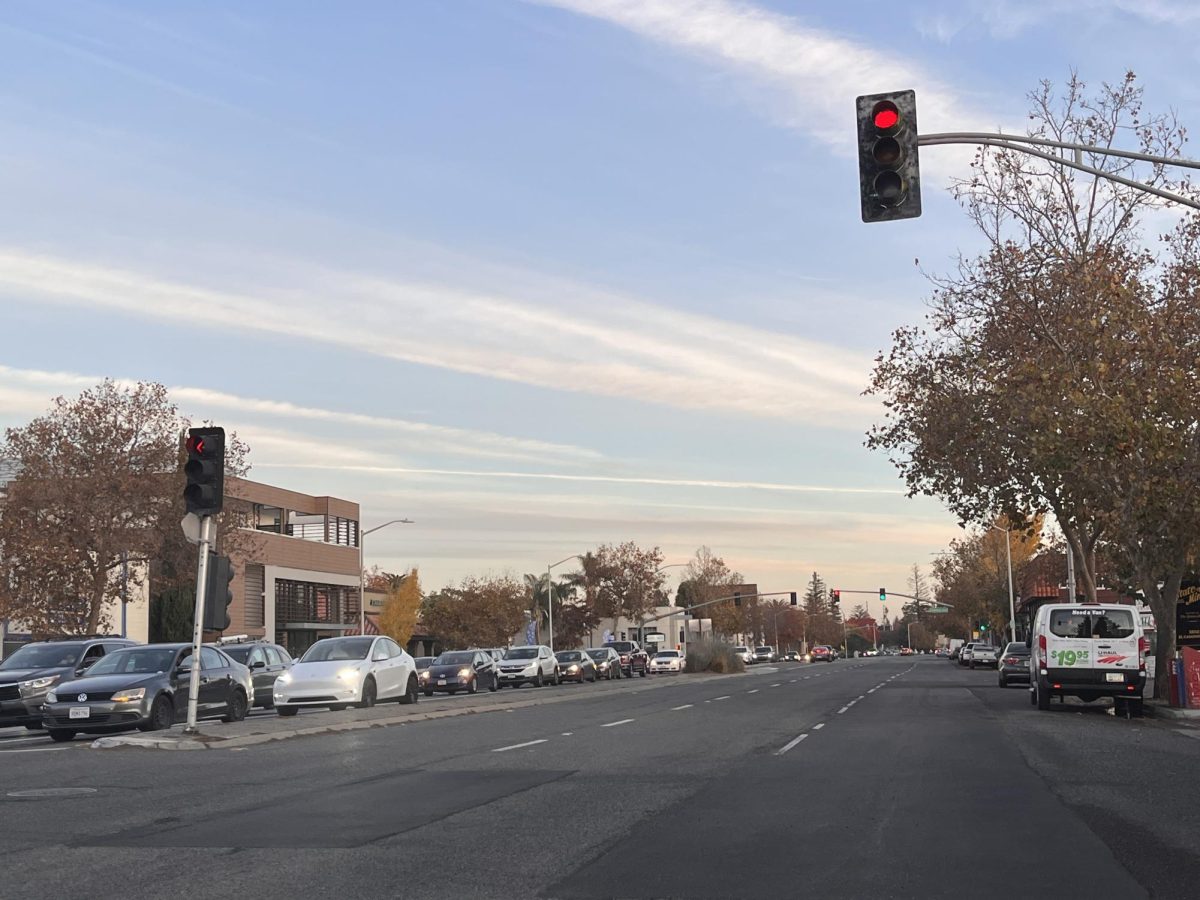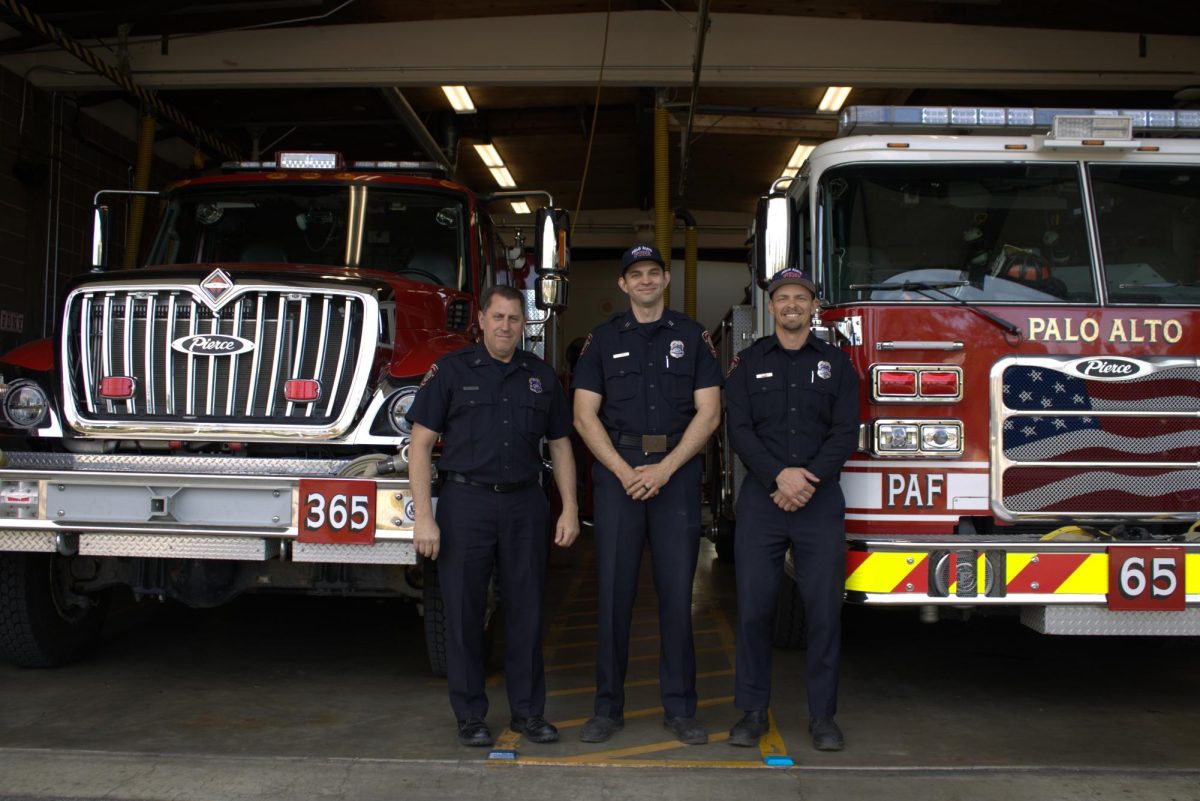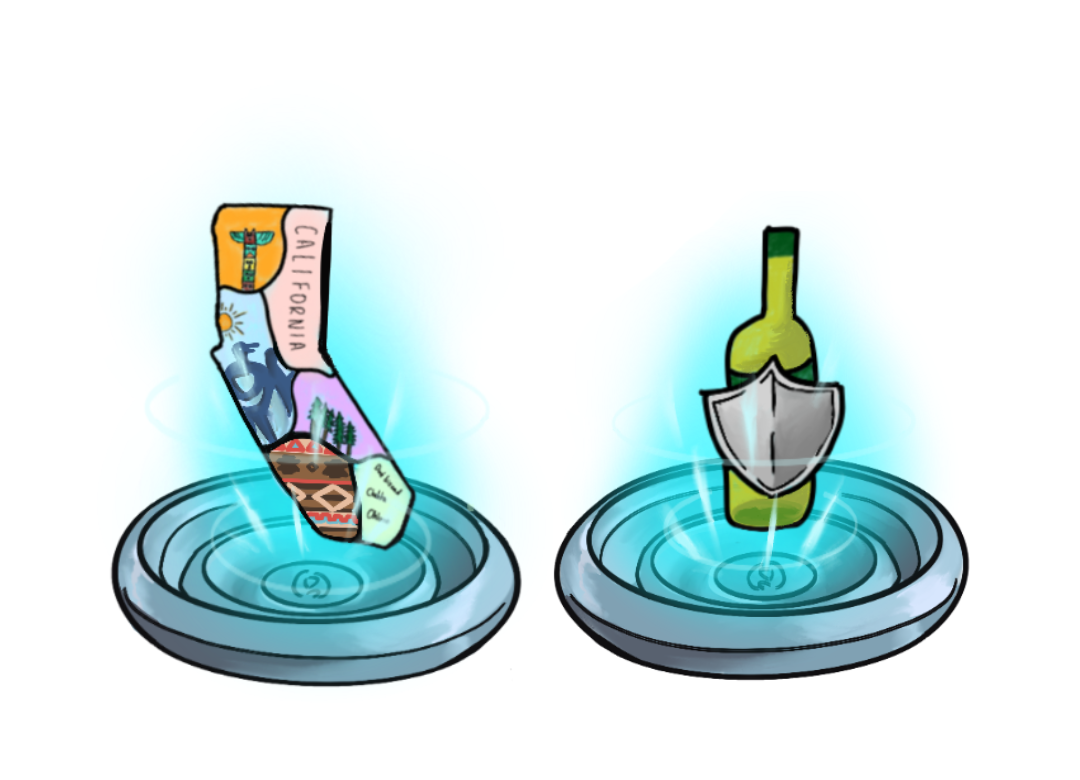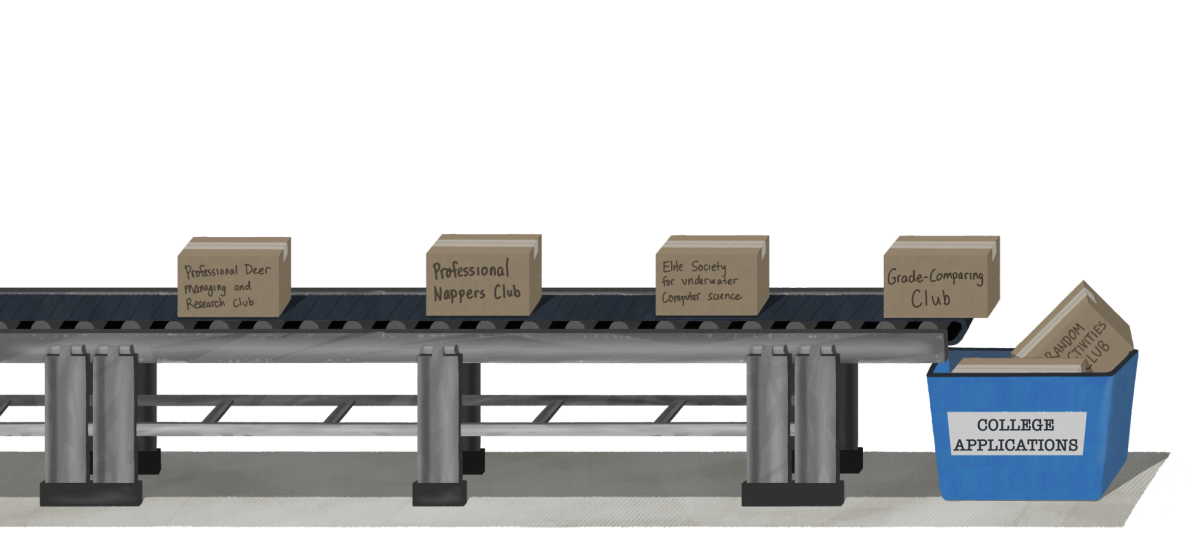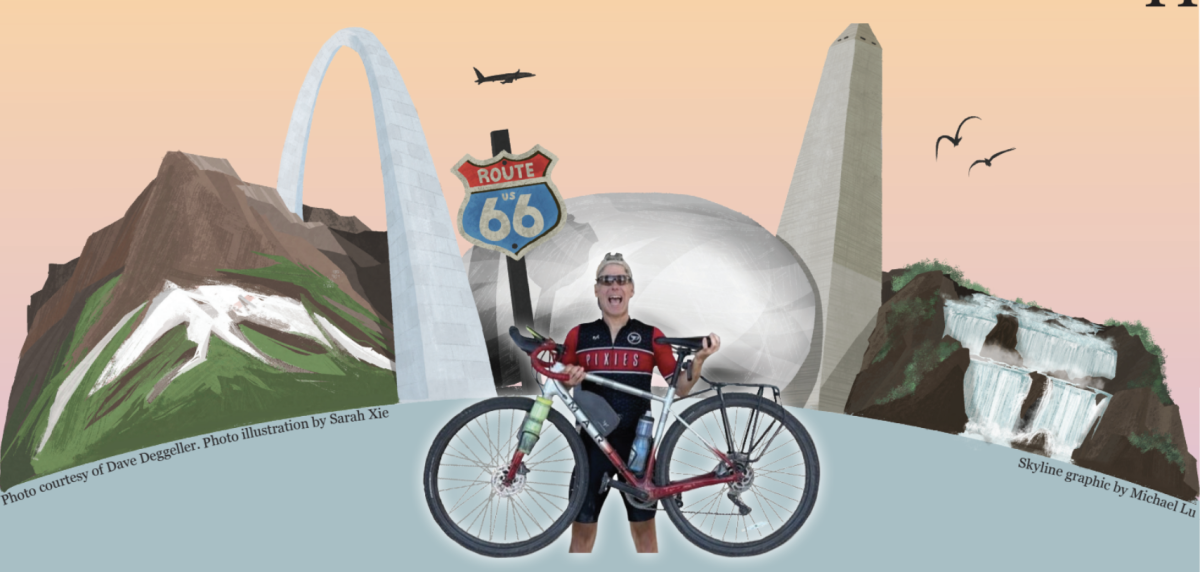Starting in fall 2023, the California Department of Transportation is improving El Camino Real’s road conditions. Caltrans, which owns El Camino, is repairing potholes and cracks, adding new bike lanes, and upgrading crosswalks to improve ride quality and pedestrian safety.
The project spans from El Camino’s Sand Hill Road intersection in Palo Alto to the Grant Road intersection in Mountain View. The main construction and paving will begin in spring 2024 and is scheduled to finish in spring 2025.
During the week of Nov. 27, nightly construction put temporary concrete on deep potholes on the Maybell Avenue and El Camino intersection, a street many students cross to get to school.
Many students, such as senior Jacob Olshen, were glad about the repaved roads after problems biking over deep potholes.
“It made me nervous to cross every single time,” he said. “Once my bike lock fell off my bike … so it’s nice not having to shake up and down every time and worry about my bike lock. I no longer instinctively check my bike lock every time I cross.”
Caltrans will also install new bike lanes in Mountain View and Los Altos beginning in January 2024, according to Caltrans Public Information Officer Victor Gauthier. Lanes may also be added in Palo Alto, pending discussions between Caltrans and the City.
For sophomore Holden Seidel, additional bike lanes may make El Camino more accessible. Currently, the road is difficult to navigate for pedestrians and bikers.
“El Camino doesn’t have bike lanes, so bikes either have to bike on the sidewalk or next to the cars,” Seidel said. “(Pedestrians) have to walk next to and cross three lanes of high-speed traffic. There’s also really tight sidewalks, which are not enjoyable to walk along.”
For pedestrian safety and accessibility, curb ramps will be upgraded according to the Americans with Disabilities Act Accessibility Guidelines. Crosswalk pavement markings will be repainted to improve visibility.
To aid people with visual impairments, signal buttons will be upgraded to Accessible Pedestrian Signals, which translate crossing instructions to audio and sensory formats, such as voice and vibrotactile cues.
According to Gauthier, the majority of the construction will take place overnight to reduce traffic. At least one lane on the road will remain open at all times, and detours will be in place when intersections are repaved.
To restore pavement, Caltrans will use “cold planing,” or the controlled removal and restoration of the pavement surface. Localized failed concrete will be repaired by saw-cutting cracks and uneven areas, and pouring in new concrete panels. Potholes will be filled with new asphalt concrete, visible as darker patches on the road.
Junior Thomas Mount, who bikes to school, has noticed marked improvement in road condition.
“I felt kind of unsafe going over (El Camino) because I would feel my bike bump and go, ‘Oh my goodness, that’s not good,’” he said. “But they recently got redone and it’s very nice. It’s smooth as butter.”



